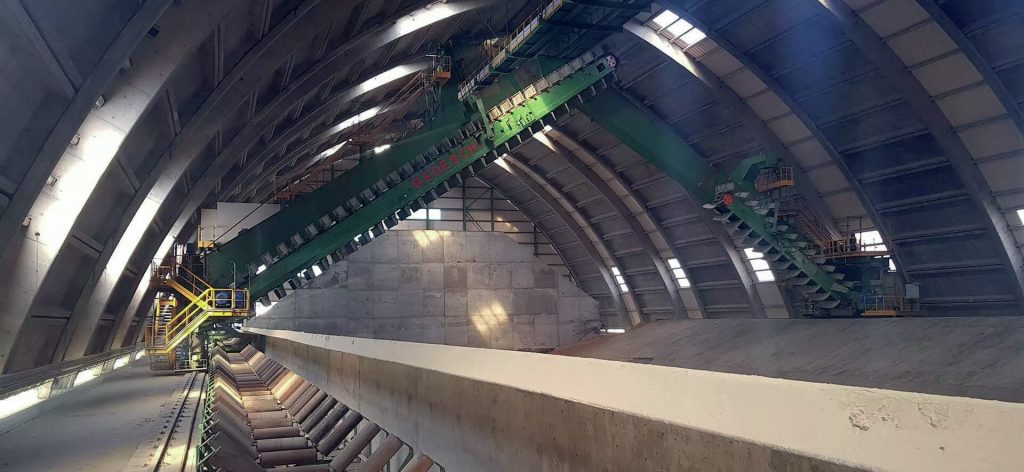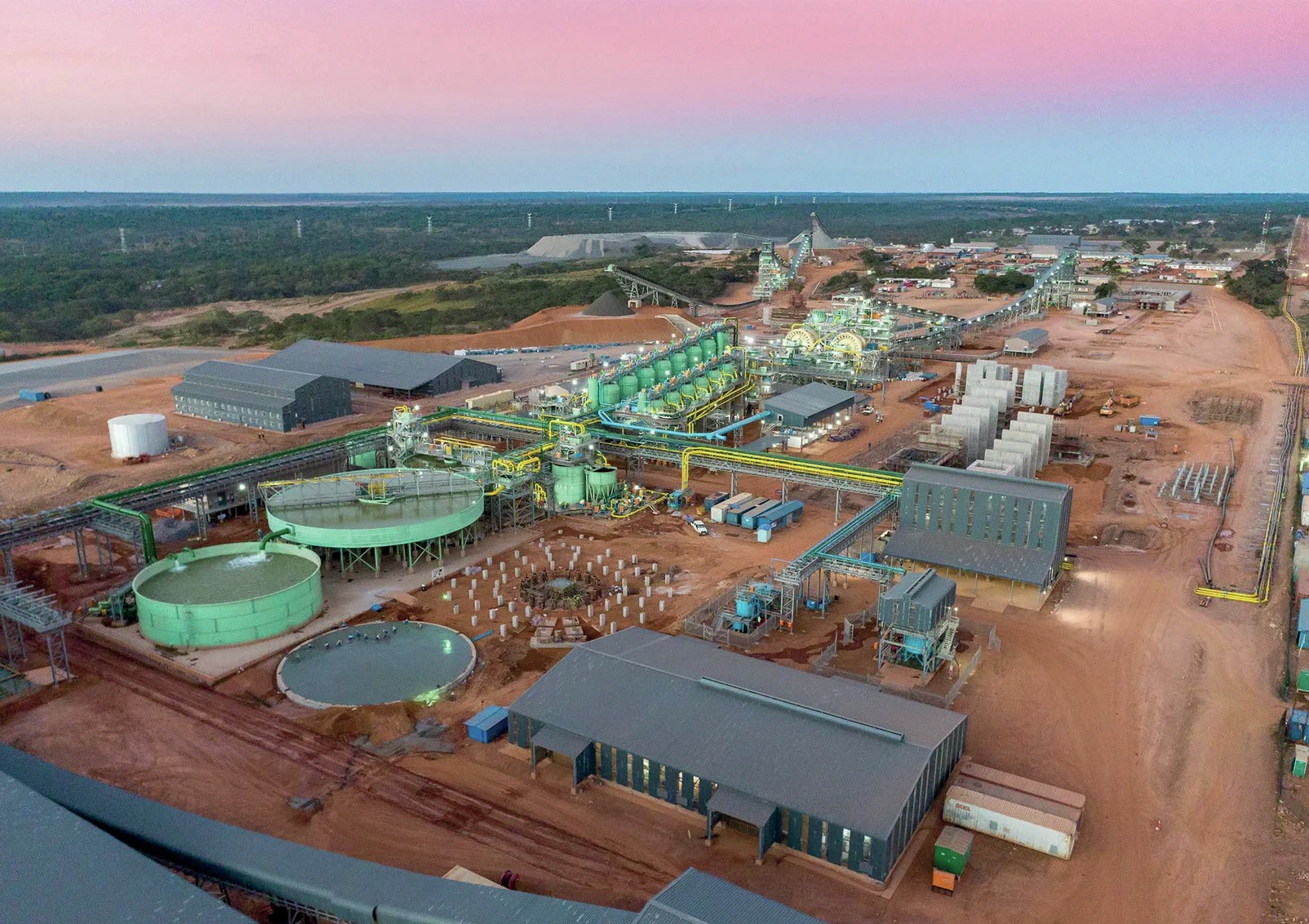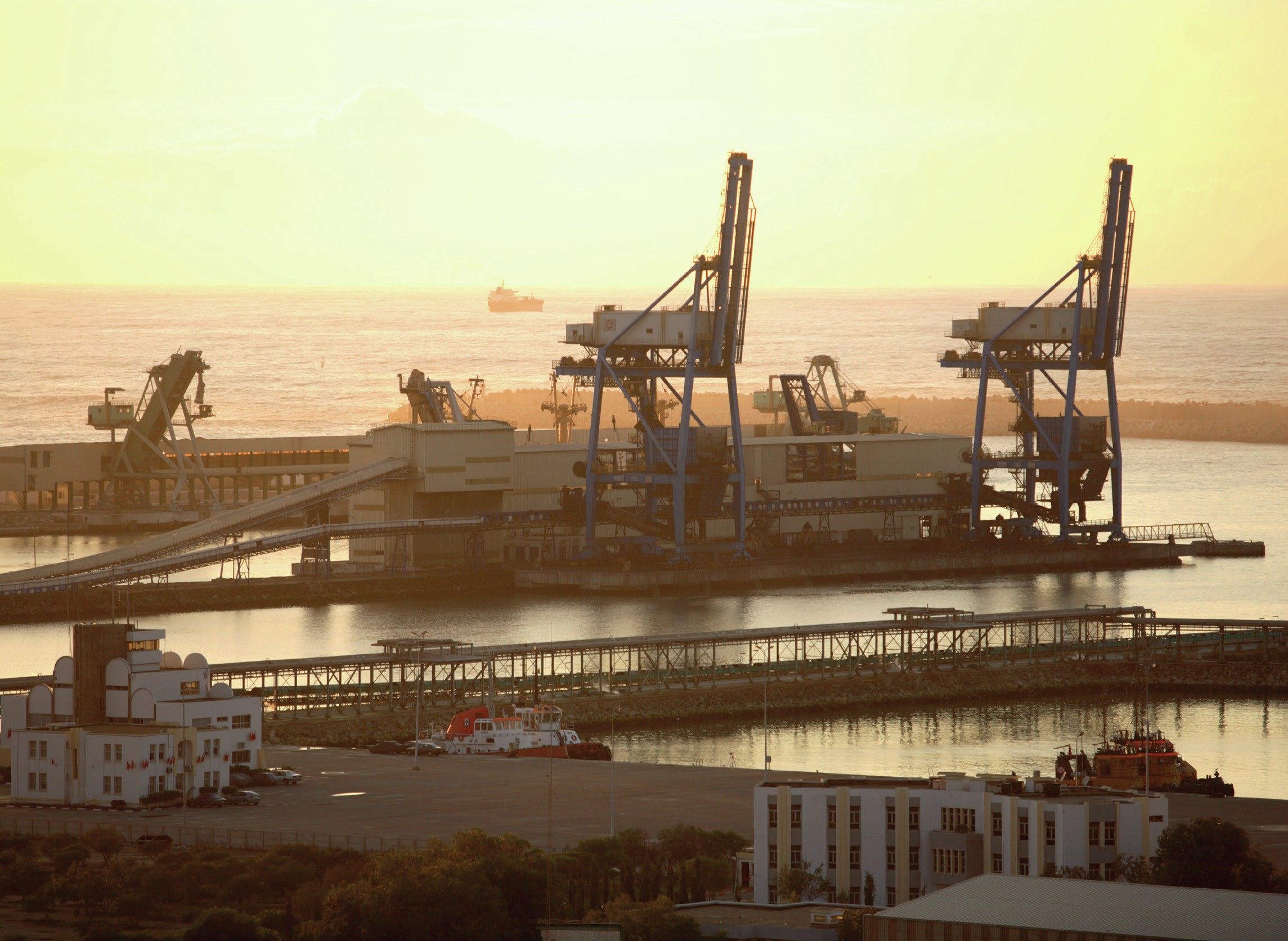Sulphur 403 Nov-Dec 2022

30 November 2022
Sulphur Industry News Roundup
WORLD
OPEC+ agrees output cuts
At the organisation’s first face to face meeting since covid, in Vienna in early October, OPEC+ ministers agreed to cut global oil supplies by 2 million bbl/d in November. OPEC+ is a group of 24 oil-producing nations, made up of the 14 members of the Organisation of Petroleum Exporting Countries (OPEC), and 10 other non-OPEC members, including Russia. In a statement, the group said the decision to cut production was made “in light of the uncertainty that surrounds the global economic and oil market outlooks.”
The move comes in spite of pressure by the US and European governments to keep production at current levels, with threats of the imposition of a cap on Russian oil prices from December. Oil prices had been falling since their high point in June, and Brent crude had reached $85/bbl after peaking at $120/bbl due to rising interest rates and fears of global recession, as well as releases from the US Strategic Petroleum Reserve of around 680,000 bbl/d. Prices jumped back to $97/bbl after the announcement and have stayed at that level since, though the impact of the cut is likely to be muted, as many OPEC members had been having trouble maintaining even existing quota production, and the net supply cut is expected to be closer to 800,000 bbl/d to 1.1 million bbl/d.
UNITED STATES
New sulphur fertilizer plant
Jōb Industrial Services, an engineering, procurement and construction company serving the oil and gas, power, materials and chemical industries, has broken ground on a new green field fertilizer facility for Tessenderlo Kerley in Defiance, Ohio. The new plant will occupy 50 acres and is set to become operational in 2024. It will serve the eastern Great Lakes region through its distribution partners and will include terminals for rail cars and tanker trucks. It includes a liquid fertilizer plant to produce sulphur-based crop nutrition products.
Brian Fox, project manager, Tessenderlo Kerley, said “We are pleased to have selected Jōb as our EPC firm for this important project in Defiance, Ohio. We know they will be a great partner in the safe execution of our vision, building a state-ofthe-art facility in an area with such a great and supportive community.”
Martin Midstream sells Stockton sulphur terminal
Martin Midstream Partners has sold its Stockton sulphur terminal to Gulf Terminals LLC. The net proceeds of approximately $5.25 million will be used to reduce outstanding borrowings under the Partnership’s revolving credit facility. Bob Bondurant, president and chief executive officer of Martin Midstream L.P., the general partner of MMLP, said:
“Over the last several years, the partnership has sought opportunities to strengthen our balance sheet and reduce outstanding debt to lower our leverage. As a result, we have successfully completed multiple non-core asset sales allowing us to focus on our refinery services business segments. While the sulphur business remains a strategic piece of our operations, the Stockton terminal was considered a non-core asset as it is geographically removed from our focus on the US Gulf Coast area where our primary sulphur assets are located.”
Martin Midstream recently reported 3Q results which included a net loss of $28.0 million, including a $21.8 million inventory valuation write down, for the three months ended September 30, 2022, bringing the total for the first nine months of the year to a net loss of $10.0 million. Bondurant said that in the Partnership’s Sulphur segment, both the fertilizer and sulphur groups faced pricing instability resulting in lower fertilizer sales volumes, as well as “unplanned maintenance expenses related to the marine assets deployed in support of the business.” Sulphur Services made an operating loss of $6.7 million for 3Q 2022, including a $3.3 million inventory valuation write down.
EUROPEAN UNION
New sanctions to include sulphur recovery technology
In October the European Council adopted the EU’s eighth package of sanctions against Russia following their announcement by the European Commission late September. The sanctions regime has been expanded to include bans on the import and export of many chemical products; including a large number of basic petrochemicals and inorganic chemicals, intermediates, plastics, fertilizers, and specialties. Fertilizer imports included in the new package include phosphates, potash, and NPK fertilizers, as well as nitrates. Hydrochloric acid, nitric acid, phosphoric acid, and sulphuric acid are also on the list, as well as methanol. The package also lays the basis for the required legal framework for the EU to implement an oil price cap envisaged by the G7 nations. The measures, also adopted by the UK, further include “refinery fuel gas treatment and sulphur recovery technology (including amine scrubbing units, sulphur recovery units, tail gas treatment units)”.
INDIA
Nuberg to build SRU for IOC
The Indian Oil Corporation (IOC) has awarded domestic project management company Nuberg EPC the lump sum turnkey EPC contract to build an $80 million, 400 t/d sulphur recovery unit as part of the expansion of IOC’s Vadodara refinery in Gujarat. The contract also includes construction of a control room and electricity sub-station for the refinery sulphur block. It form’s part of the Petrochemical and Lube Integration Project at the Vadodara facility. Nuberg is also building a 1.5 t/d ultra-pure (fuel cell grade) hydrogen purification, compression, storage and dispensing facility at Vadodara.
Nuberg EPC says that it is using French technology for the project to ‘future proof’ IOC’s environmental sustainability and augment its sulphur production capability. The plant is expected to be completed in 28 months from the award of the contract. A. K. Tyagi, Nuberg Engineering commented; “we are thankful to Indian Oil Corporation Limited for entrusting another turnkey project to our engineering capabilities and EPC services and solutions.”
Collaboration on clean energy partnerships
A series of memoranda of understanding (MoUs) have been signed by Indian and US oil and gas companies including Exxon Mobil to strengthen clean energy partnerships between the two countries, at a meeting in Houston convened by advocacy group the US-India Strategic Partnership Forum (USISPF), in partnership with the Consulate General of India. Aavantika Gas Ltd, a joint venture between the Gas Authority of India Ltd (GAIL) and Hindustan Petroleum Company Ltd (HPCL) entered into an MoU with Baker Hughes for emissions measurement and abatement solutions support. Another was signed between Engineers India Ltd (EIL) and UOP; UOP will assess EIL’s tail gas treating technology for adoption in UOP’s sulphur recovery projects on a global platform. An MoU was also signed between Indraprastha Gas Ltd and Baker Hughes to jointly evaluate opportunities in emissions monitoring and detection, hydrogen technologies and sustainability.
IRAN
New sulphur recovery capacity
The Isfahan oil refinery has completed the installation of a new diesel hydrotreater at a cost of $600 million to produce low sulphur diesel with a sulphur content of less than 10 ppm according to the Iranian Oil Ministry. The unit will boost sulphur output at the refinery by 300 t/d. The National Iranian Gas Company has further said that a new acid gas condensation tower has been completed at the Shahid Hasheminejad Gas Processing Company in Khorasan Razavi province. The new facility will help remove sulphur from acid gases in the gas plant that used to be burned off in flares, and will boost sulphur output by 11,000 t/a. It is also reported that the processing plant at the South Pars Gas Complex (belonging to phases 2 and 3) increased its sweet gas and sulphur output in the first half of the current Iranian year (March-September) compared with the same period of last year. Sulphur output was 59,000 tonnes for the six month period, 4% up on last year. According to the company, the unit has also produced 10 million cubic meters of gas condensate.

MALAYSIA
Technip to design Lang Lebah gas plant
Technip Energies has been awarded the front-end engineering design (FEED) contract for the Lang Lebah Onshore Gas Plant 2 (OGP2) project in Bintulu, Sarawak by PTT Exploration and Production (PTTEP). The contract covers the design of the onshore gas plant including the flow assurance of CO2 capture, compression and transportation via pipeline up to the offshore wellhead platform, where it will be re-injected into the well. Gas coming from the Lang Lebah offshore field will be treated before being sent to the Malaysia LNG complex. Lang Lebah OGP2 is one of the key projects in the Sarawak Integrated Sour Gas Evacuation System (SISGES) development, and is expected to be the catalyst for further development of untapped sour gas resources off the coast of Sarawak.
“We are very pleased to have been selected by PTTEP for this landmark gas development in Sarawak. Bringing Technip Energies expertise in designing large scale gas plants with CO2 capture and transportation, we are committed to making this project another successful milestone in our longstanding relationship with PTTEP and our history in Malaysia,” said Loic Chapuis, SVP Gas & Low-Carbon Energies at Technip Energies.
Lang Lebah is an offshore sour gas field estimated to be up to 2 tcf in size. While most of the acid gas is carbon dioxide, hydrogen sulphide content is reported to be 0.5-1.0%.
MOROCCO
New sulphur handling project
OCP has awarded Bedeschi an EPC contract for the supply of three new automated storage facilities: two for fertilizer and one for sulphur, with a capacity of 300,000 tonnes of material. The new equipment will be installed at the Phosboucra complex, 30 km from the city of Laayoune, in the Western Sahara region. It forms part of OCP’s ‘Southern Axis’ development of the complex.
Bedeschi says that its scope of supply consists of material handling equipment for the storage of imported sulphur in import and the storage of fertilizer for export. In particular, the company will supply, among other things, 3 trippers, 3 reclaimers and 6 conveyor belts with a capacity of up to 2,000 t/h. The equipment will be similar to the those already already supplied to OCP for the Jorf Lasfar plant in Morocco.
GERMANY
Hydrogen process wins industry award
Clariant and its engineering and technology partner Technip Energies were presented with two industry awards for their EARTH technology. ICIS selected the technology as the “Best Process Innovation” in the ICIS Innovation Awards 2022. EARTH also won the “Best Refining Technology” category of the Hydrocarbon Processing Awards 2022 – a program that honours the downstream energy segment’s leading innovations. Based on recuperative steam methane reforming, EARTH is a drop-in solution that enables a capacity increase in the production of hydrogen while contributing to energy savings and an improved CO2 footprint.
In parallel, Clariant and Technip Energies reached another milestone by successfully installing EARTH technology at a large-scale hydrogen plant in one of Europe’s biggest refineries. The loading of EARTH internals and catalyst in the existing reformer tubes was achieved within the scheduled turnaround period, resulting in a successful start-up this year. The revamp is expected to increase the plant’s production capacity by up to 20%.
Created and patented by Technip Energies, EARTH combines a concentric tubular assembly in the steam methane reformer with a tailor-made structured catalyst, jointly developed with Clariant which improves the efficiency of hydrogen production. Compared to the performance of Clariant’s traditional catalysts in a standard reformer, EARTH is proven to increase hydrogen yield by up to 20%, while decreasing CO2 emissions by up to 10%, and reducing make-up fuel consumption by up to 50% per unit of hydrogen produced.






